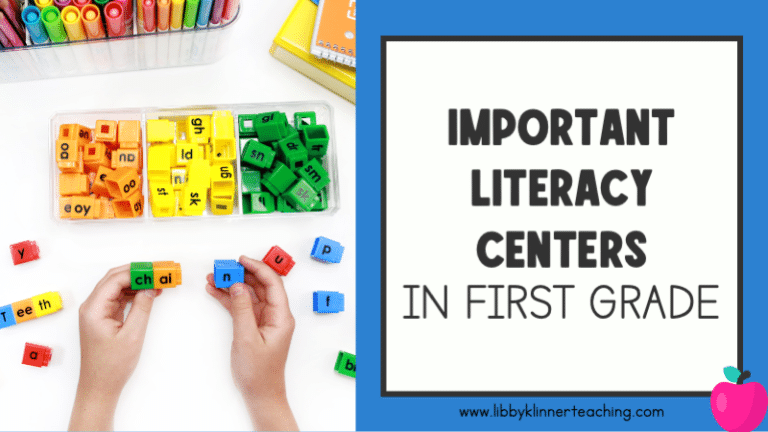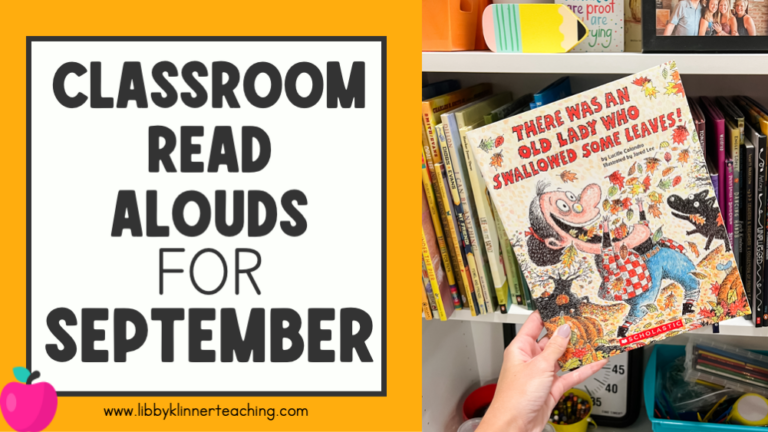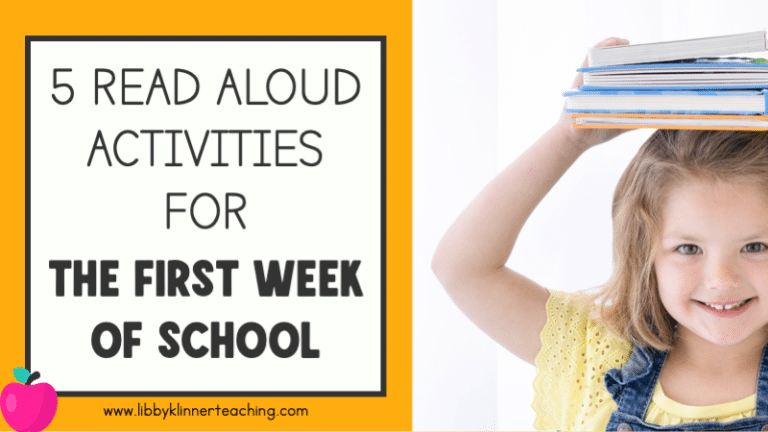Phoneme Blending Activities for the Classroom

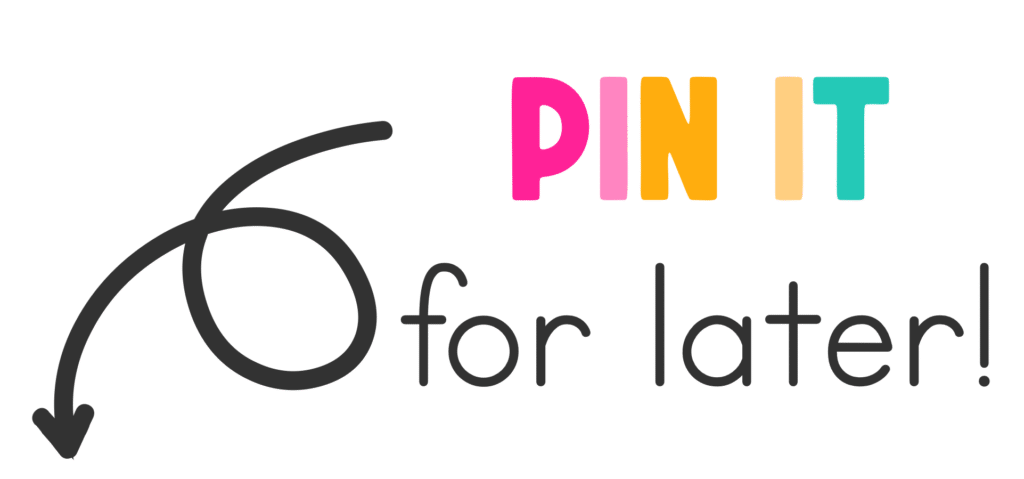

Phoneme blending is one piece of phonemic awareness. Phonemic awareness is a vital foundation in the building blocks of reading. Blending sounds is one of the steps within achieving phonemic awareness. Want to read more about phonemic awareness? Check out these blog posts!
What is phonemic awareness and what does it have to do with phoneme blending?
Phonemic awareness is the ability to identify and manipulate individual sounds, or phonemes, in spoken words. For example, the word bat has three phonemes: /b/ /a/ /t/. The word ship has three phonemes, although it is made up of four letters: /sh/ /i/ /p/. Students that demonstrate phonemic awareness can manipulate sounds they hear in spoken words. It’s important to use a variety of phonemic awareness activities, like phoneme blending, to teach students how to hear and manipulate sounds.

After students have begun to isolate phonemes, they are then ready to blend them together. This is the next step in achieving phonemic awareness. The graphic above helps to show how these skills build upon one another.
What is Phoneme Blending?
Phoneme blending means identifying sounds and blending them together to make a word. Ask ‘what word is /b/ /a/ /g/?’ saying the sounds only, not the word. You want your students to blend the sounds together to make ‘bag.’
You can show them a picture and ask them to identify it or give them a word broken apart into sounds. They will blend the sounds together to make the word. When you ask them to find the corresponding letters, it becomes a phonics activity!
Why is phoneme blending important?
Blending is a necessary skill for decoding. When your students come across an unfamiliar word, they need to be able to identify the sounds within the word and blend them together to build the word. It’s important to explicitly teach phoneme blending because although it may come automatically for some students, many will need practice blending sounds to make words. Phoneme blending bridges the gap between hearing sounds and reading words. As children learn to blend, they will recognize that the words they blend have meaning! This is necessary for their reading comprehension as they grow into strong readers.
A strong foundation in phoneme blending will also lead to later reading success because students with this solid foundation are better equipped to decode unknown words independently. They will not have to rely on memorization or guessing, which often leads to struggles later in their reading journey.
How to teach phoneme blending
Blending can be taught in fun, low-pressure ways! One important aspect of phoneme blending instruction is that it is done orally and auditorily. This is particularly necessary when students are first learning to blend sounds. Ideally students will begin to blend with CVC words until they grow stronger in their blending abilities when they can work with blends and digraphs too.
One of my favorite ways to practice blending is by playing Draw and Cover or Draw and Color! To play, the teacher draws a sound card and says the sounds out loud for the students. Students will listen for the sounds and blend them together to build the word. When they have their word, they will find it on the page and cover it with a counter, bead, or other manipulative. When I do this with the whole class, I’ll print off copies of the Draw and Color page instead and students will color the picture of the word they blended together. It’s important that the teacher calling the sounds makes sure to separate them rather than saying the word!
If your students have a solid foundation of letter-sound relationships, another fantastic phoneme blending activity is using a blending board! Instead of spending money on a fancy blending board, I make my own in a binder. You can easily use index cards or make cards like you see in the image above. Write different sounds on the cards, hole punch them, and put them in an empty binder. Open the binder and turn it sideways. Students will say the sounds they see and blend them together to make a word. Flip one of the cards and students will repeat.
The reason I love blending boards so much is because it forces students to sound out and blend nonsense words. This gives you a great idea of who is truly able to blend sounds together and who is still relying on memorization. A student that relies on memorization will struggle to blend the nonsense words because they are words that they haven’t seen before.
When practice phoneme blending, it’s helpful to use manipulatives (like counters, beads, counting cubes, or pom poms) to represent each sound. in the cards you see above, students move the bead up as they say each sound and then they will drag their finder across as they blend the sounds together.
One final phoneme blending activity that I love to do is to roll and blend. This is another activity that requires students to blend both real and nonsense words. Students will roll a beginning, medial, and final sound and record the sounds that they’ve rolled. Then they will blend the sounds to make a word. This word could be real or nonsense!
Want these done-for-you phoneme blending activities and more? Click the button below!
By providing students with consistent opportunities to practice phoneme blending with engaging activities, you are giving them the tools to be successful, strong readers. While this skill may seem minor, it has a significant impact! I hope this helps your phoneme blending teaching!
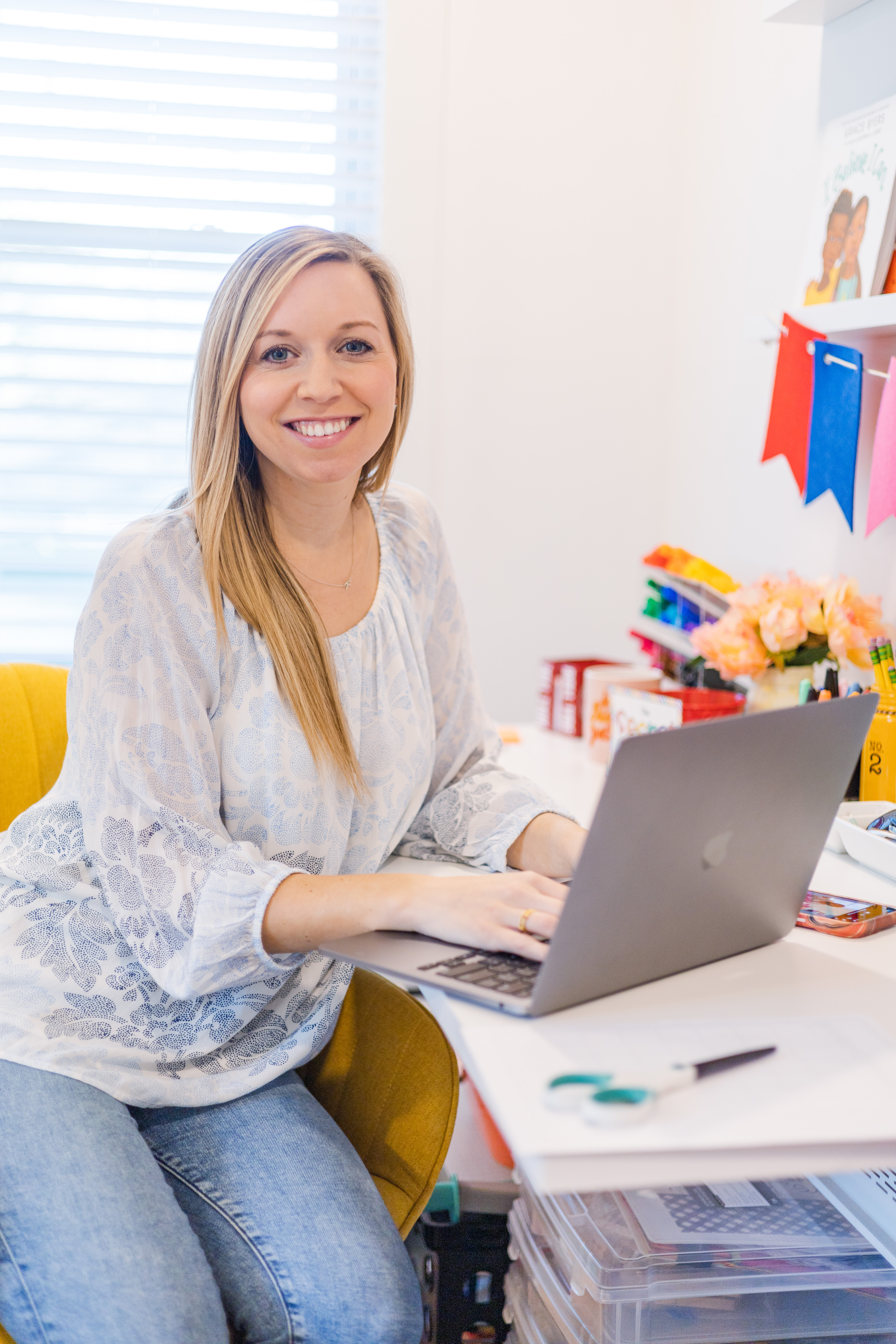
Hi, I’m Libby!
I’m so happy you’re here! I love all things first grade – the curriculum, the content, and the sweet kiddos. I’m passionate about helping K-2 teachers save time in the classroom with fresh ideas and fun, engaging resources.












